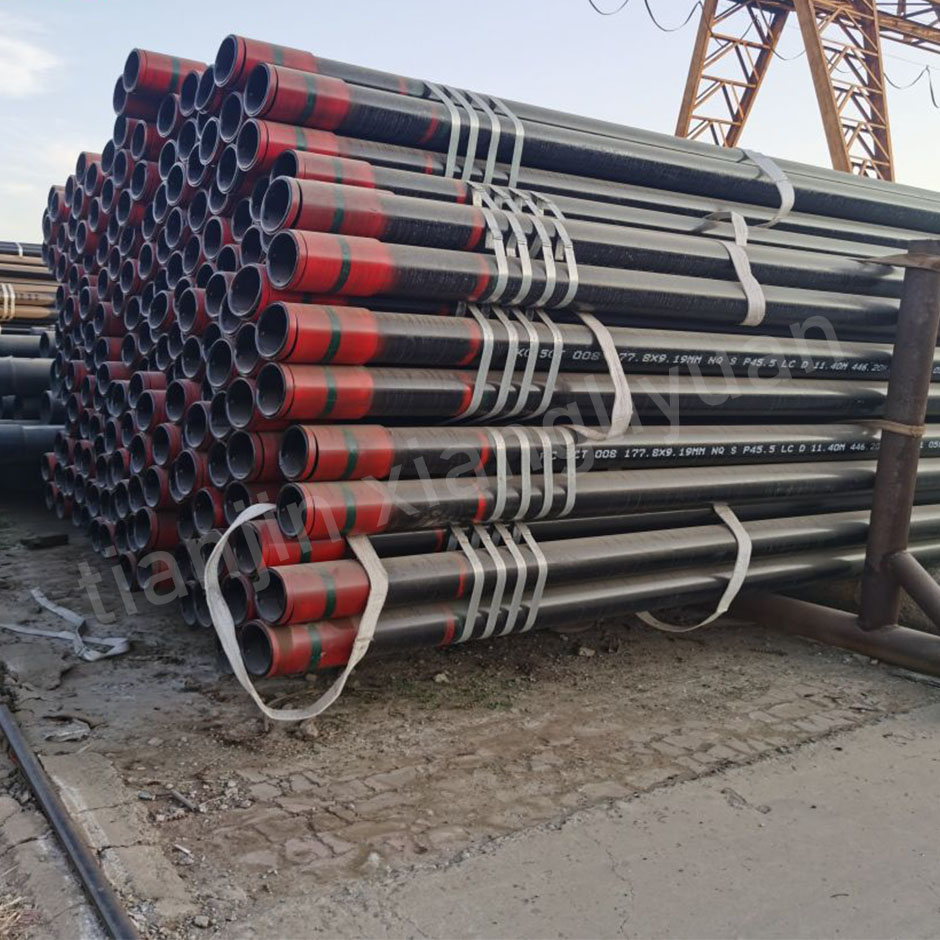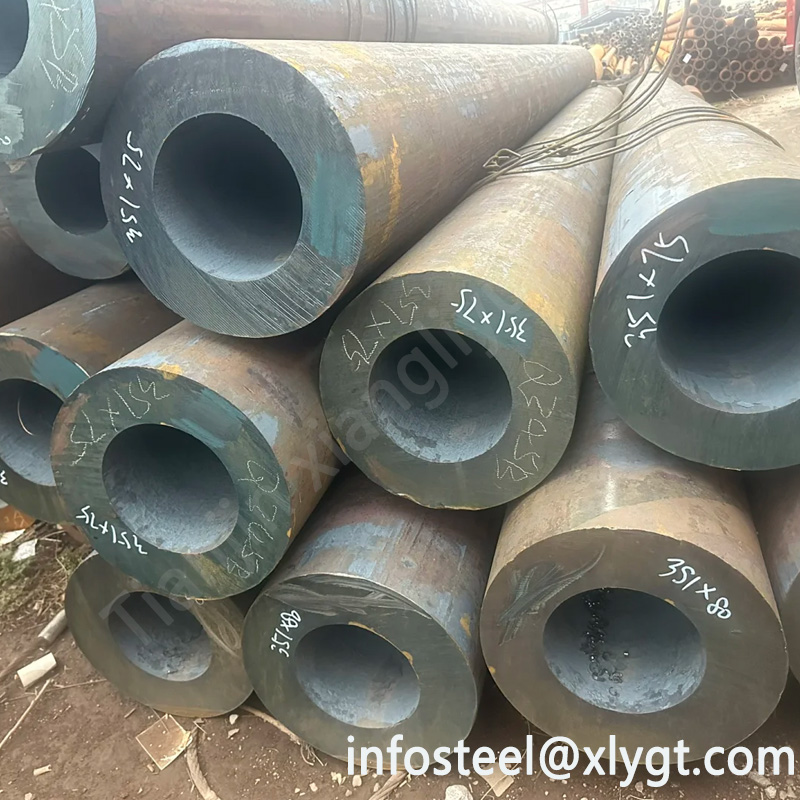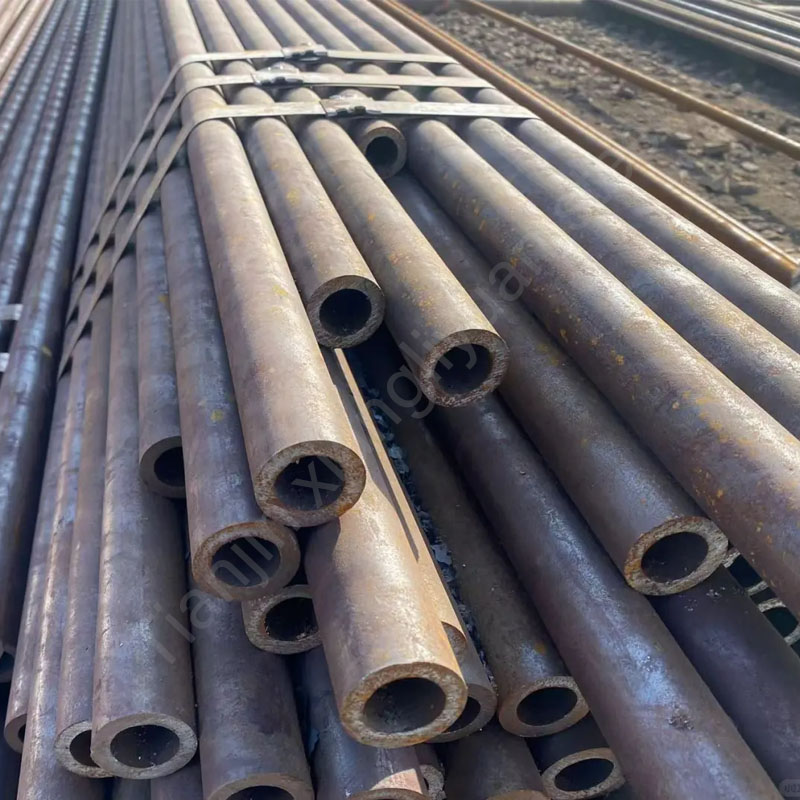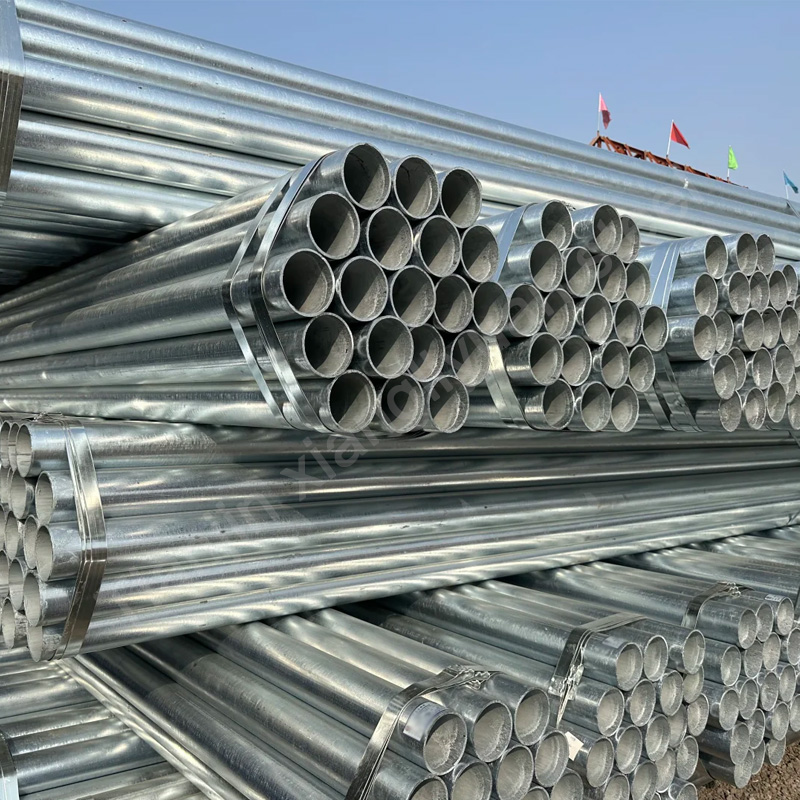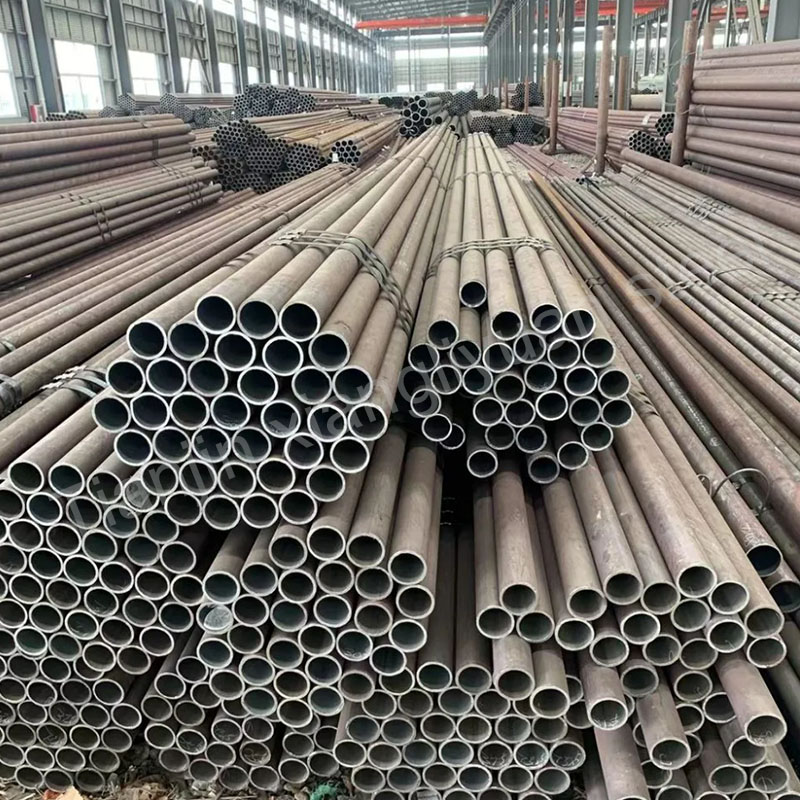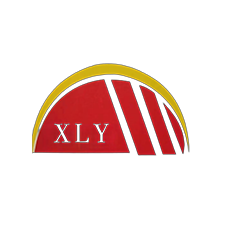The global energy sector relies heavily on oil pipelines and gas pipelines to transport hydrocarbons safely and efficiently. At the heart of these systems lie seamless pipes and welded pipes, engineered to meet rigorous industry standards. This article explores the technical aspects of pipeline pipes, including materials, steel grades, international standards, classifications, dimensions, and applications.
1. Materials and Steel Grades for Oil and Gas Pipeline Pipes
Common Materials
Pipeline pipes are primarily manufactured from carbon steel, alloy steel, and stainless steel. The choice depends on operational requirements:
Carbon Steel: Most widely used due to its cost-effectiveness and durability. Grades like API 5L X42–X80 dominate oil and gas transmission.
Alloy Steel: Enhanced with chromium, molybdenum, or nickel for improved corrosion resistance (e.g., ASTM A335 P11/P22).
Stainless Steel: Used in corrosive environments (e.g., ASTM A312 TP316L).
Key Steel Grades
API 5L: Specifies grades from X42 to X120, with X65/X70 being most common for seamless pipes and welded pipes.
ASTM A106/A53: Covers seamless carbon steel pipes for high-temperature service.
EN 10208: European standard for combustible fluids (e.g., L245NB, L415QB).
2. International Standards for Pipeline Pipes
To ensure interoperability and safety, pipeline pipes adhere to regional and global standards:
North America
API 5L: The American Petroleum Institute’s benchmark for oil pipeline and gas pipeline systems.
ASTM A333: Low-temperature seamless and welded pipes.
ASME B36.10: Dimensions for welded/seamless steel pipes.
Europe
EN 10208-2: Technical delivery conditions for flammable fluids.
ISO 3183: International adoption of API 5L with regional modifications.
Asia
GB/T 9711: China’s equivalent to API 5L, covering PSL1 and PSL2 pipes.
JIS G3454: Japanese standard for carbon steel pipes.
Russia/CIS
GOST 20295: Covers welded pipes for oil/gas transportation.
3. Classification of Oil and Gas Pipeline Pipes
By Manufacturing Process
Seamless Pipes: Ideal for high-pressure applications due to uniform strength (e.g., offshore platforms).
Welded Pipes:
Longitudinal Welded: Cost-effective for low/medium pressure.
Spiral Welded: Used in large-diameter water/gas pipelines.
By Application
Transmission Pipelines: Long-distance transport of crude oil/natural gas (API 5L X70/X80).
Distribution Pipelines: Local networks with smaller diameters.
Offshore Pipelines: Require anti-corrosion coatings and high strength.
4. Common Sizes and Specifications
Pipeline pipe dimensions vary based on pressure, flow rate, and geography:
| Parameter | Typical Range |
|---|---|
| Outer Diameter (OD) | 2″ to 48″ (50 mm to 1,200 mm) |
| Wall Thickness | 3 mm to 40 mm |
| Length | 6 m to 12.2 m (random/single) |
API 5L Examples:
X52 Seamless Pipe: OD 219 mm, WT 8.18 mm
X70 Welded Pipe: OD 1,016 mm, WT 14.3 mm
EN 10208 Examples:
L360NB: OD 323.9 mm, WT 7.1 mm
5. Applications of Oil and Gas Pipeline Pipes
Crude Oil Transmission: High-strength seamless pipes (API 5L X65/X70) for cross-country pipelines.
Natural Gas Distribution: ERW (Electric Resistance Welded) pipes in urban networks.
Refinery Systems: ASTM A106 pipes for high-temperature fluid transfer.
Subsea Pipelines: Dual-layer anti-corrosion coatings with cathodic protection.
6. Why Choose Seamless Pipes for Critical Applications?
Seamless pipes outperform welded alternatives in:
Pressure Handling: No weld seams reduce failure risks.
Corrosion Resistance: Uniform microstructure extends lifespan.
High-Temperature Performance: Suitable for steam and thermal oil.
7. SEO-Optimized Technical Insights for Buyers
To align with Google SEO best practices, this section integrates high-value keywords:
Oil pipeline construction requires API 5L-certified seamless pipes for longevity.
Gas pipeline networks prioritize cost-efficient welded pipes (EN 10208 L245NB).
Compare ASTM A106 vs. API 5L when sourcing materials for refinery projects.
8. Future Trends in Pipeline Technology
High-Grade Steels: X100/X120 pipes for ultra-high-pressure transport.
Smart Coatings: Nano-technology coatings to prevent corrosion.
Hybrid Pipes: Combining seamless and welded sections for cost-performance balance.
Understanding the nuances of oil pipeline and gas pipeline systems—from seamless pipe manufacturing to compliance with API 5L, EN 10208, and GOST standards—ensures optimal material selection. Whether for offshore drilling or urban gas distribution, choosing the right steel grade, size, and specification is critical to operational safety and efficiency.
Tianjin Xiangliyuan steel supplies API/EN-certified pipeline pipes tailored to global standards. Contact us for a quote or technical consultation.

